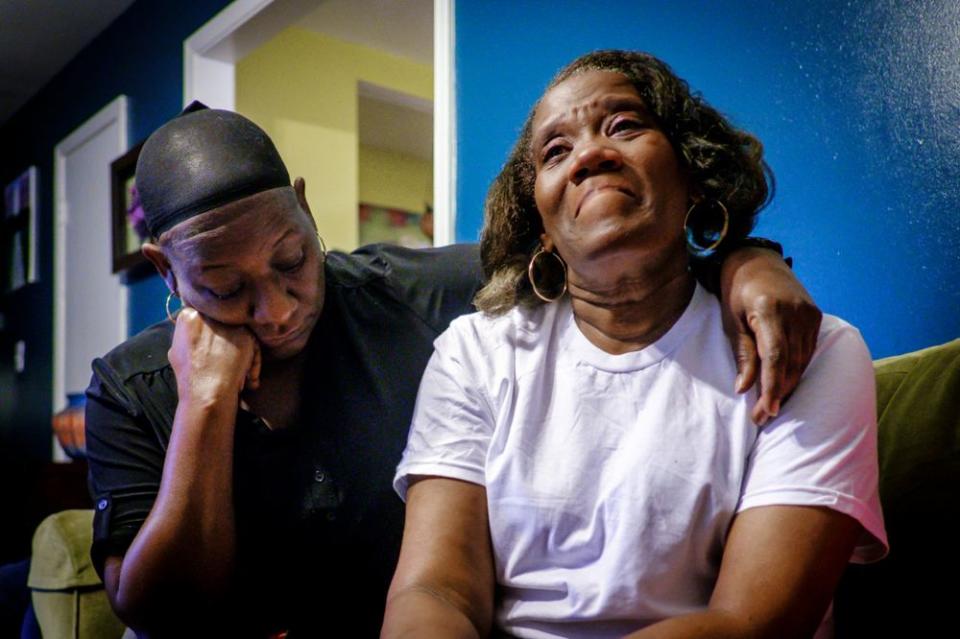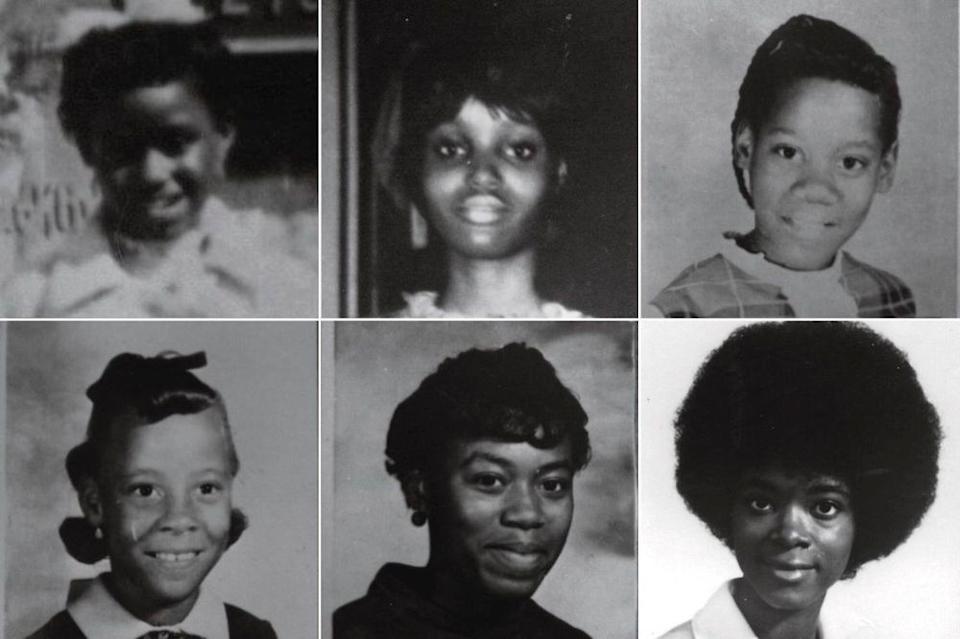Unsolved Case of ‘Freeway Phantom’ Haunts Families Decades After Slain Girls Were Found in D.C. Area

Patricia Williams built a career helping shattered families work through unimaginable crises. As an officer for 26 years with the Washington, D.C., Metropolitan Police, she investigated missing persons and child-abuse cases. She moved on to become a case manager with the National Center for Missing & Exploited Children, and now is retired.
But the case closest to home is the one that leaves her feeling most helpless.
Now 62, Williams was 15 years old on Sept. 5, 1972, when her 17-year-old sister Diane didn’t return that night after visiting a boyfriend. By then, local newspapers already had published headlines about a “freeway phantom” apparently grabbing and murdering young black girls before dumping their bodies along Washington-area roadways in a 17-month spree that terrorized the community.
The case is revisited in an upcoming episode of People Magazine Investigates, airing tonight (10 p.m.) on Investigation Discovery. An exclusive clip is above.
Although shy and quiet, Diane, who shared a bedroom with Patricia and was about to start 11th grade, wasn’t fearful.
After her abandoned body was found — strangled, like others before her — authorities would name Diane as the sixth and final victim of a likely serial killer who, nearly 50 years later, has yet to be identified.
“I will not be surprised that I will die not knowing who killed my sister,” Patricia tells PEOPLE in the issue on newsstands now. “But I’m never going to stop praying that I do.”

The killings transformed the lives of those who lost loved ones.
The first victim, 13-year-old Carol Spinks — “Bay-Bay” to her siblings — loved playing jacks and spinning a Hula Hoop and came from a family of eight kids, say her sisters Carolyn Morris, 62, and Evander Spinks Belk, 63.
Six days passed before Carol’s body was found on the embankment off I-295 after she disappeared April 25, 1971, on a walk home from the store. She still had on the same gym shorts and red sweater she wore when she left home, but was missing her blue tennis shoes; an autopsy determined she’d been dead for two to three days, suggesting she’d been kept hostage before she was killed.

“It made me real protective of my sisters and brothers,” says Evander. “I got mean, mad and bad. If anybody even looked at anybody funny, I was fighting.”
RELATED: Inside the Hunt for a Serial Killer Who Dumped 6 Girls; Bodies Along Roads Around Washington, D.C.
The impact on Carolyn, who was Carol’s twin sister, went deeper. “What was going through my head was, they’re going to get me,” she says. “I didn’t trust anybody. It’s been hard. It still is. Can’t keep a job. Sick. Drugs. A whole bunch of stuff. Still scared. Some days I wish I could just close my eyes, and then it’d be done.”
The second victim was Darlenia Johnson, 16. She was followed by Brenda Faye Crockett, 10; Nenomoshia Yates, 12; Brenda Woodard, 18; and then Williams, before the killer’s spree appeared to stop.
“Diane and I were about as close as siblings could get,” says Patricia Williams. After Diane’s death, “I lost my trust for people,” she says. “I didn’t trust anybody, because I didn’t know who did this. I’ve always been shy, but I stayed like that because of my sister’s death. I didn’t try to venture out.”
“But I also lived,” she says. “I did not want her death to be mine, so I tried to live as I can and try to be positive as much as I can.”

“I never believed at the time that joining the police department, or even while I was on the police department, that I was compelled to do so because of my sister’s death,” she says. “But at the same time, I always hoped and prayed that while I was on the police department that case would be closed and I could be a part of it.”
Among those also hoping and praying is Diane’s mother, Margaret, now 85, who still lives in the home to which her daughter never returned.
“I know she’s resting in peace, and it doesn’t matter to her any more,” says Margaret. “But I would like to know who did it and why. That’s the big question: Why?”
People Magazine Investigates: The Freeway Phantom airs tonight (10 p.m. ET) on Investigation Discovery.

